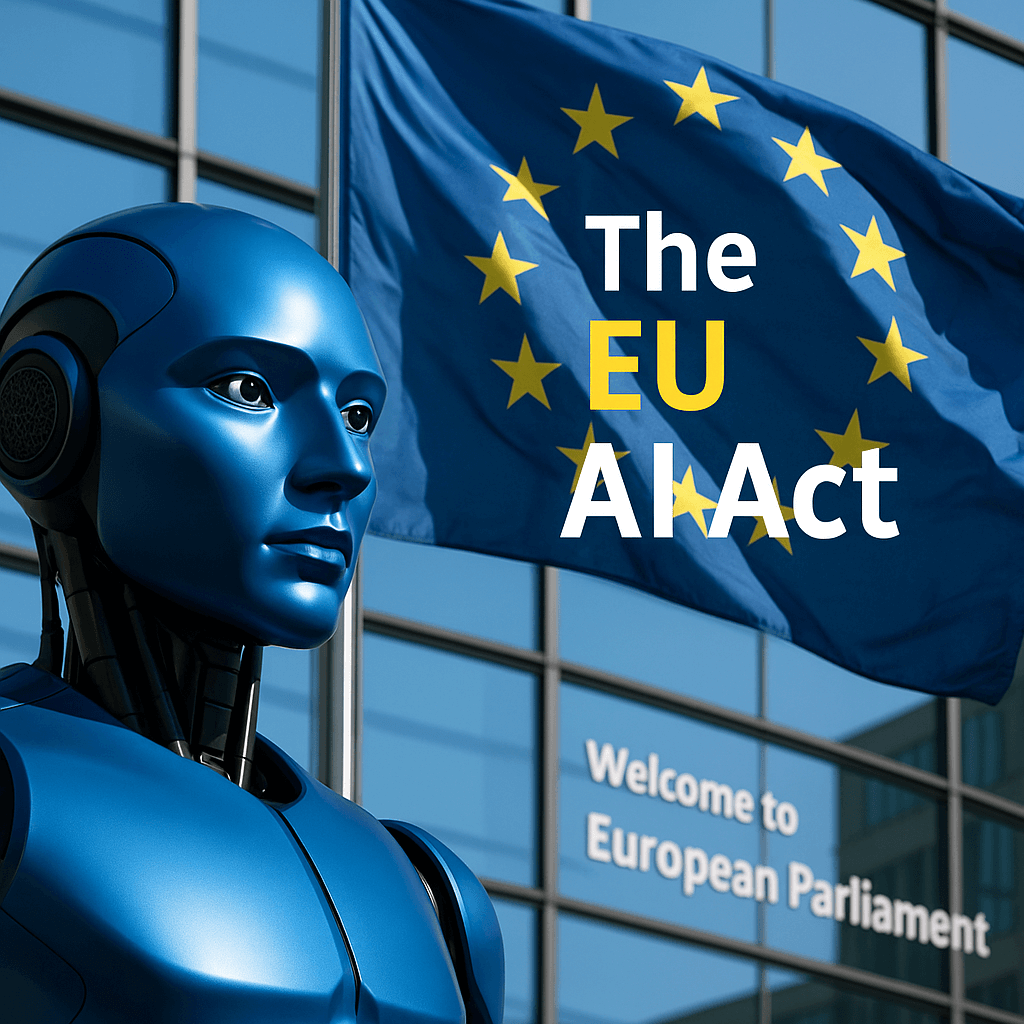Artificial intelligence is reshaping industries at an unprecedented pace. With this change comes an urgent need for rules that protect people and uphold fairness. Around the world, governments and institutions are introducing new policies to guide responsible use of artificial intelligence. Businesses must understand these policies and adapt quickly.
At the same time, the potential of artificial intelligence continues to grow. Organizations can gain a powerful edge by building trust and credibility with their stakeholders. This means being transparent, ethical, and proactive about compliance. It also means seeking expert help, such as pncai, to navigate the evolving landscape.
Global Standards Defining the Future of Ai Regulation
Artificial intelligence has moved from being a niche technology to a core driver of economic growth. As a result, governments, international bodies, and research organizations are establishing standards to ensure safe and fair use. These standards touch on privacy, transparency, and algorithmic fairness.

One example is the European Union’s Ai Act, which sets out risk-based categories for different types of systems. Other countries are building similar structures to address ethical concerns. Technology standards play an essential role by offering common ground across jurisdictions.
Organizations that align with these global standards early can reduce regulatory risk and enhance their reputation. Adopting these practices also makes it easier to operate across borders. With a focus on governance frameworks and risk management, companies can stay ahead of the curve.
How Can Businesses Adapt to Changing Ai Rules
Many organizations struggle to keep up with the fast pace of new policies. Each region may have different priorities, such as data privacy, algorithmic explainability, or user consent. This diversity makes it essential to develop flexible approaches.
First, companies should create a regulatory strategy tailored to their operations. This means identifying which rules apply to which parts of the business. It also means integrating compliance into the earliest stages of system design.
Second, businesses should invest in frequent reviews of their Ai systems. Regular assessments help uncover issues before they become major risks. Third, transparency in reporting strengthens public confidence and satisfies regulatory requirements.
Working with experts such as pncai can help map existing systems against emerging rules. This partnership allows businesses to address gaps quickly and improve their overall compliance posture. By taking these steps, organizations can handle the changing landscape with confidence.
Responsible Innovation Driving Public Confidence
Responsible innovation is more than a buzzword. It is the foundation of a sustainable approach to artificial intelligence. When companies develop systems with fairness, accountability, and transparency in mind, they reduce harm and build trust.
Digital ethics guides how data is collected, processed, and used. It also affects how algorithms are trained and tested. Firms that prioritize ethics from the start can avoid future compliance headaches. They also send a clear signal to customers and partners about their values.

Stakeholder engagement is another powerful tool. By inviting feedback from users, community groups, and experts, organizations can identify potential blind spots. This collaboration improves the quality of Ai systems and anticipates regulatory trends.
Responsible innovation does not slow down progress. Instead, it strengthens the long-term viability of Ai technology. It aligns with Ai compliance requirements and creates a positive cycle of trust and accountability.
Governance Frameworks for Sustainable Ai Practices
Strong governance frameworks help companies manage artificial intelligence responsibly. These frameworks define roles, responsibilities, and oversight procedures. They also set clear rules for data management, testing, and deployment.
A robust governance model ensures that Ai systems remain compliant throughout their lifecycle. It supports ongoing monitoring, updates, and audits. This proactive stance can reduce risk and protect the organization from costly mistakes.

One element of governance is transparency. Sharing information about how systems work can improve public trust. It also aligns with Ai regulation standards that demand explainability and fairness.
Risk management sits at the heart of effective governance. Companies can better identify, assess, and mitigate potential problems before they escalate. By integrating risk management into governance frameworks, organizations can maintain control while fostering responsible innovation.
Contact Us to Build a Future of Ethical Ai Excellence
Navigating Ai compliance and regulation can be complex, but you don’t have to do it alone. PNCAi offers expert services to guide organizations through every stage of compliance. Our approach blends technology and regulatory insight to deliver practical solutions tailored to your needs.
With PNCAi, you gain a partner who understands responsible innovation and regulatory strategy. Together, we can create systems that respect digital ethics, adhere to technology standards, and promote public confidence.
If you want to explore the global context of artificial intelligence ethics, visit https://www.unesco.org/en/artificial-intelligence/recommendation-ethics page for an overview of current debates and frameworks. This external resource can help deepen your understanding of the wider ethical landscape.
Now is the time to prepare for the future. Contact us to learn how PNCAi can help your organization achieve compliance, build trust, and lead in the age of artificial intelligence.



